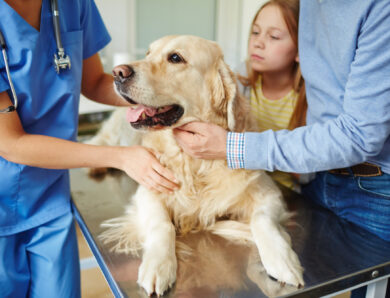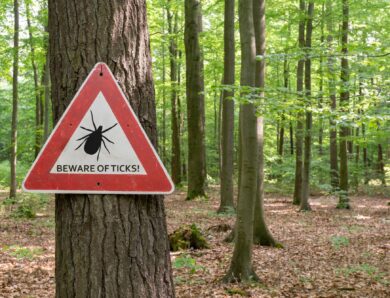Sudden changes in routine can cause dogs [and cats] to be stressed, which can lead to behavior changes and sometimes behavior problems.
Countrywide stay-at-home orders have created new routines for families. Aa adults have balanced competing priorities and kids have learned about remote education, pets have had a blast, getting more time with their favorite humans than ever before.
As states begin lifting restrictions and businesses reopen, pet parents are starting to think about life outside of the home again. But dogs and cats have already adjusted to this new normal and it’s one they probably enjoy more than the old way.
To help pet parents guide their dogs and cats through the transition back to being alone in the home, pet parenting expert and creator of Pet Living, Kristen Levine created The Pet Parent’s Back to Work Guide.
Keeping It Pawsome connected with Levine to talk about a few of the tips from her free, online guide.
Reestablish the Old Routine
The COVID-19 quarantine has established new routines for everyone. For many people that has meant getting up later than they used to, going for more walks with their dogs, or being home for daytime cuddle sessions with their cats. And by now, most dogs and cats have adjusted.
With the world slowly reopening, pet parents will be asking them to change their routine yet again. Changes often lead to stress in pets, and while most dogs and cats probably accepted the last change relatively well — they got more time with their humans, after all — the next change is one they’re not going to be as happy with.
“Dogs and cats are creatures of habit,” says Levine. “To set them up for success we need to start mimicking our future routine so that it’s less jarring for them.”

Begin by getting up at the same time you’d normally get up for work, Levine suggests. At the same time, start feeding your dog or cat at the same time you’d normally do if you were going to work. Then layer in scheduling walks with your dog or playtime with your cat at the same time you’d most likely be doing if you were coming home from work.
“Change the routine while you’re still at home, so that it’s a more gradual change,” Levine says.
Social Distance from Your Pets
“The idea of social distancing from our pets is to get them comfortable with being alone again for periods of time,” Levine explains.
This might mean going for a walk without your dog, taking some phone calls outside while your dog or cat waits inside, or locking yourself in a room where your pet can’t get to you.
Levine cautions cat owners against assuming their cat(s) will be fine with being on their own again. Cats are social creatures and while they may not spend all their time cuddling with you, you can be sure they know you’re there. (As a cat parent to six cats, I can attest to just how much my fur babies have enjoyed having me home the past several months.)
If possible, try to extend some of these alone moments for longer. Levine isn’t suggesting you lock yourself in a bedroom for eight hours a day but try to get your dog or cat as used to being alone for as long as you can.
This social distancing is especially important for anyone who began fostering or adopted a pet over the past two to three months.
“All they know is your home 24/7, so it’s probably going to be a bit more challenging with them,” Levine says.
Have Your Vet or a Trainer on Standby
Pet owners should be prepared for behavior changes from their fur babies as the transition back to work begins.
“Sudden changes in routine can cause dogs [and cats] to be stressed, which can lead to behavior changes and sometimes behavior problems,” warns Levine.
Listen for whining and crying. Make sure your cats haven’t stopped using the litter box. Ensure they’re not self-harming. If you notice any of these behaviors, reach out to your veterinarian for advice. Dog owners who have a regular trainer might be able to substitute the trainer for the vet.
Additionally, for anyone who has been putting off a wellness visit, now is the time to start reestablishing wellness care.
Download The Pet Parent’s Back to Work Guide for more tips, including dog- and cat-specific advice, from Levine.






